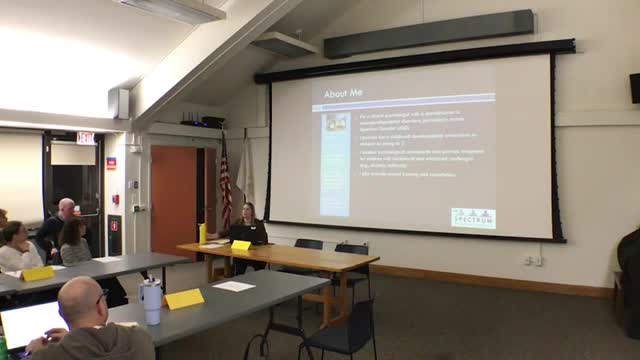Pandemic fuels surge in children's behavioral issues
December 02, 2024 | North Kingstown, School Districts, Rhode Island
Powered by Soar

This article was created by AI using a video recording of the meeting. It summarizes the key points discussed, but for full details and context, please refer to the video of the full meeting. Link to Full Meeting
According to the National Center for Education Statistics, a staggering 87% of public schools reported that the pandemic has adversely affected student behavior and social-emotional development. Educators noted an increase in disruptive behaviors such as classroom disruptions, rowdiness, and acts of disrespect, which they attribute to the challenges posed by the pandemic.
The meeting emphasized the urgent need for support systems to address these behavioral difficulties. Various types of disruptive behaviors were defined, including tantrums, non-compliance, and overactivity, which are often linked to underlying conditions such as anxiety and ADHD. The discussion underscored that these behaviors are not indicative of personal failure but rather responses to environmental factors.
As schools and families navigate these challenges, the meeting highlighted the importance of understanding and addressing the root causes of behavioral issues to foster healthier environments for children.
Converted from NKSD SELAC SubCommittee Meeting February 27, 2024 meeting on December 02, 2024
Link to Full Meeting
Comments
View full meeting
This article is based on a recent meeting—watch the full video and explore the complete transcript for deeper insights into the discussion.
View full meeting